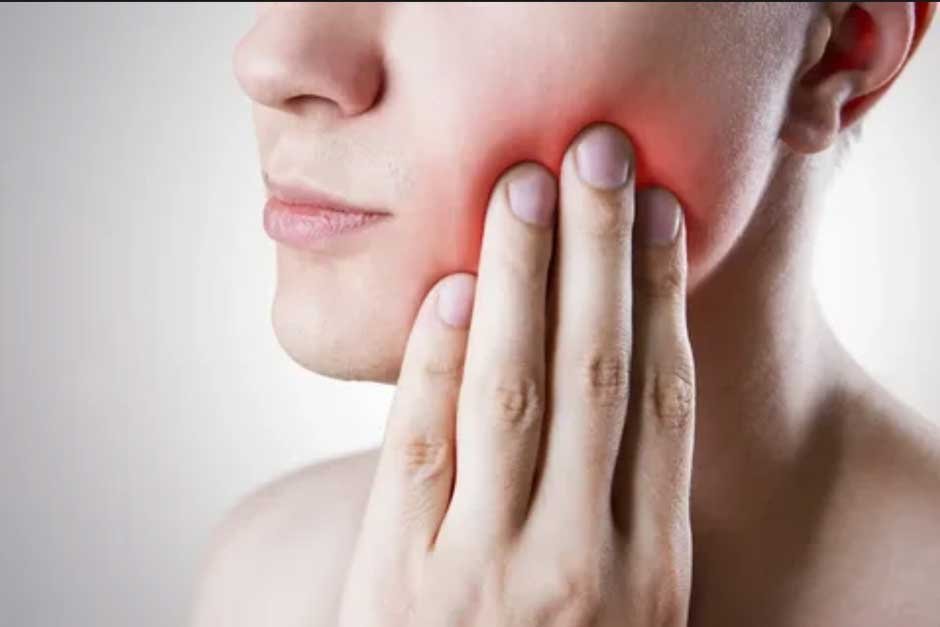So you just had your wisdom teeth extracted right? Congratulations on getting that done. But now you’re dealing with swelling. Your face looks puffy. Your cheeks feel huge. This is completely normal honestly. Swelling happens with every extraction. But that doesn’t mean you can’t manage it. You definitely can. That’s exactly what we’re covering today. I’ve helped countless patients through this exact situation. They were worried initially. They thought swelling would last forever. But here’s the truth. Proper care reduces swelling significantly. Recovery accelerates dramatically. You feel better quickly. That’s what makes all the difference really. Let me walk you through everything you need to know. By the end, you’ll have a complete action plan for recovery.
Why Swelling Happens After a Wisdom Tooth Extraction
Your body responds to surgery with inflammation, and this is why swelling after wisdom teeth removal is so common. Extraction is basically surgical trauma. Your immune system instantly becomes active. White blood cells move to the area, and fluid gathers, creating puffiness. This is a natural healing reaction and honestly a positive sign. Peak swelling usually appears around day three. Days one and two show gradual buildup. Day three becomes the most noticeable. After that, the swelling slowly goes down. By day seven, most of it settles. By day ten, your face looks almost normal again. Full healing takes a few weeks, but visible swelling improves quickly. Swelling also depends on how difficult the extraction was. Simple removals cause mild swelling. Impacted teeth cause more. Bone removal increases inflammation. Multiple extractions make swelling stronger. Everyone’s experience is different, but the general management remains the same.
Ice Therapy During the First Days
Ice is your best friend immediately after surgery. Apply ice to your cheeks right away. Use ice packs or a bag of frozen peas. Never apply ice directly to skin. Wrap it in a thin cloth. Apply for fifteen to twenty minutes. Remove the ice for ten minutes. Repeat this cycle continuously. Day one is crucial for ice therapy. The more ice you apply, the better. Ice constricts blood vessels. It reduces fluid accumulation. It minimizes swelling dramatically. Consistency matters tremendously here. Don’t skip ice sessions. Your swelling reduction depends on this. Continue ice therapy through day three. After that, heat becomes beneficial. Heat promotes healing and blood flow. Your body benefits from the change. Heat reduces residual swelling effectively.
Heat Therapy After Day Three
Warm compresses become your friend after day three. Apply heat to your cheeks. Use a heating pad on a low setting. You can use warm water bottles. Apply for fifteen to twenty minutes. Remove and rest for ten minutes. Repeat as needed throughout the day. Heat increases blood circulation. It promotes healing and recovery. It reduces chronic swelling. It helps flush fluid buildup. It feels comforting and soothing. Heat combined with rest accelerates recovery. This is genuinely helpful and effective. Warm salt water rinses also help tremendously. Mix half teaspoon salt with warm water. Rinse your mouth gently. Don’t
swish aggressively. This reduces inflammation. It cleanses the extraction sites. It prevents infection effectively.
Proper Medication Management
Your dentist prescribes pain medication and possibly antibiotics. Take medications exactly as directed. Pain medication reduces inflammation too. Anti inflammatory medications specifically reduce swelling. Ibuprofen works better than acetaminophen. Ibuprofen reduces inflammation directly. Take it on schedule for best results. At a dentist in Houston and similar practices, dentists recommend consistent medication use. Don’t wait until pain gets bad. Staying ahead of pain works better. Consistent dosing maintains lower inflammation. Skip doses and pain rebounds. Swelling increases again. Stay consistent always. Antibiotics prevent infection if prescribed. Take them exactly as directed. Finish the entire course completely. Stopping early causes problems. Infection increases swelling dramatically. Complete antibiotic courses are important.
Elevation and Rest Matter Significantly
Keep your head elevated above heart level. Use extra pillows while sleeping. Elevation reduces fluid accumulation. Gravity helps drain swelling. This is surprisingly effective honestly. Elevate while sitting during the day too. Don’t bend down or do heavy lifting. Rest is absolutely crucial for recovery. Your body heals while resting. Activity increases blood pressure. Increased blood pressure increases swelling. Lying down promotes healing. Plan to rest for at least five to seven days. Don’t rush back to normal activities. Avoid strenuous activity completely. No exercise for one week minimum. No heavy lifting for two weeks. No contact sports for at least a week. Physical exertion delays healing. It increases swelling and pain. Be patient with your recovery honestly.
Dietary Considerations During Recovery
Soft foods are essential after extraction. Hard foods irritate the surgical sites. Crunchy foods cause bleeding. Stick to soft options always. Applesauce, yogurt, and smoothies work great. Mashed potatoes are perfect. Soup works wonderfully. Ice cream feels soothing too. Avoid hot beverages initially. They increase swelling. Stay hydrated constantly. Drink plenty of water. Dehydration increases inflammation. Water supports healing. It flushes your system. It reduces swelling naturally. Drink water consistently throughout the day. Other fluids help too. Avoid alcohol completely while healing. Avoid salty foods initially. Salt increases swelling temporarily. Avoid very hot foods. Heat increases blood flow. Increased blood flow increases swelling. Cool soft foods are ideal. Nutrition supports healing too. Eat balanced meals despite soft food restrictions.
Swelling Warning Signs to Monitor
Some swelling is normal and expected. But excessive swelling requires attention. Swelling that worsens after day four is abnormal. Difficulty breathing or swallowing needs immediate help. Fever above 101 degrees requires attention. These signs indicate infection. Contact your dentist immediately. Severe pain that doesn’t respond to medication indicates problems. Excessive bleeding that won’t stop needs evaluation. Pus or discharge from extraction sites indicates infection. Swelling that prevents eating or drinking concerns. These all warrant dentist contact. Your dentist wants to know about complications. Don’t suffer silently. Call immediately if worried. Better safe than sorry always. Dental professionals handle emergencies regularly. They’re available for you.
Final Thoughts on Recovery After Extraction
Swelling after extraction is normal and manageable. Ice therapy works wonders initially. Heat therapy helps later. Medication keeps you comfortable. Rest accelerates healing. Proper care reduces swelling dramatically. Your recovery will progress well. Be patient with the process. Follow instructions carefully. Your dentist wants your quick recovery. You’ll feel normal soon honestly.
Frequently Asked Questions
How long does swelling last? Peak swelling occurs around day three. Noticeable improvement appears by day five. Most swelling resolves by day ten. Complete healing takes several weeks. Severe swelling lasts two to three weeks. Your specific situation determines timeline.
Can I work while recovering? Rest for at least five to seven days. Light desk work might be okay by day five. Physical jobs require more recovery time. Avoid customer facing roles initially. Your appearance might affect your confidence. Plan time off if possible.
What if swelling gets worse? Worsening swelling after day four indicates problems. Contact your dentist immediately. Infection might be developing. Improper healing might be occurring. Your dentist evaluates and helps. Don’t ignore worsening symptoms.







